Hearing Problems
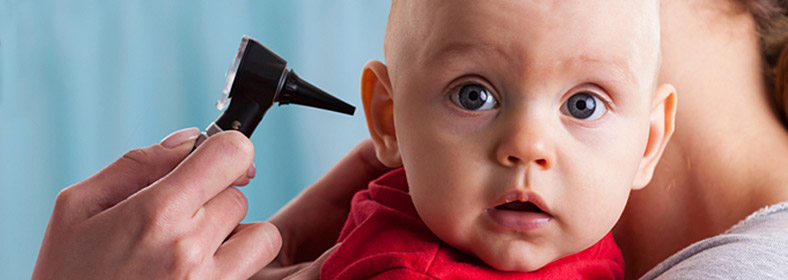
What makes up the ear?
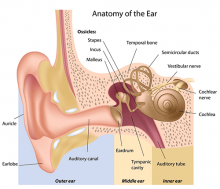
The ear is made up of 3 parts- the outer, middle and inner ear. The outer ear includes the external ear (pinna) and the ear canal down to the ear drum (tympanic membrane). The middle ear is the part behind the ear drum and contains the three small bones of hearing. The sounds travels down the ear canal and vibrates the ear drum which in turn moves the small bones of hearing, thereby transferring the sound to the cochlea (inner ear) which transmits the sound to the brain.
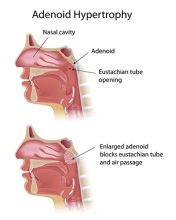
The middle ear connects to the back of the nose via a tube called the Eustachian tube. This tube is important in regulating the pressure in the middle ear and preventing the build up of fluid in the middle ear (glue ear).
Which part of the ear is most often affected in children?
The middle ear is the part most affected in children. The Eustachian tube is not well developed in children and this makes them prone to getting infections in the middle ear as well as fluid build up in the middle ear. These infections often spread from the nose and the adenoid. Importantly, the adenoid sits between the openings of the two Eustachian tubes at the back of the nose. Thus adenoid enlargement or bacteria on the surface of the adenoid can predispose children to middle ear infections. Read more about the adenoids here.
What types of conditions can occur in the middle ear?
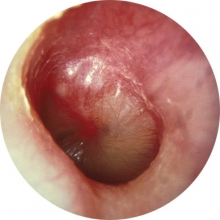
Acute otitis media (middle ear infection) is the most common middle ear problem. Ear infections are very common in children and most of these are in the middle ear. These infections can cause ear pain, fevers, hearing loss as well as occasionally discharge from the ear, if the ear drum ruptures. Most children will have a middle ear infection at some time during their childhood. If your child has recurrent middle ear infections they can be a major problem for your child and for your family. If this is the case, surgery may be considered as a means to either avoiding future ear infections completely or at least reducing their frequency. See grommet insertion for more information.
What is glue ear?
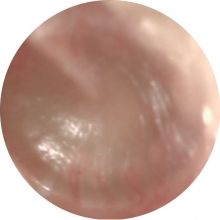
Glue ear (otitis media with effusion) is when there is a fluid build up behind the ear drum. It is usually painless but can affect your child's hearing and may interfere with sleep in young children. The fluid prevents the ear drum from vibrating and thus the sound is not transferred to the small bones of hearing (see picture at the top of this page). This is like your child is hearing under water. In turn this can affect speech and language development. If the fluid is present for longer than 2-3 months then your child may benefit from grommet insertion as the fluid is unlikely to clear on it's own after that time.